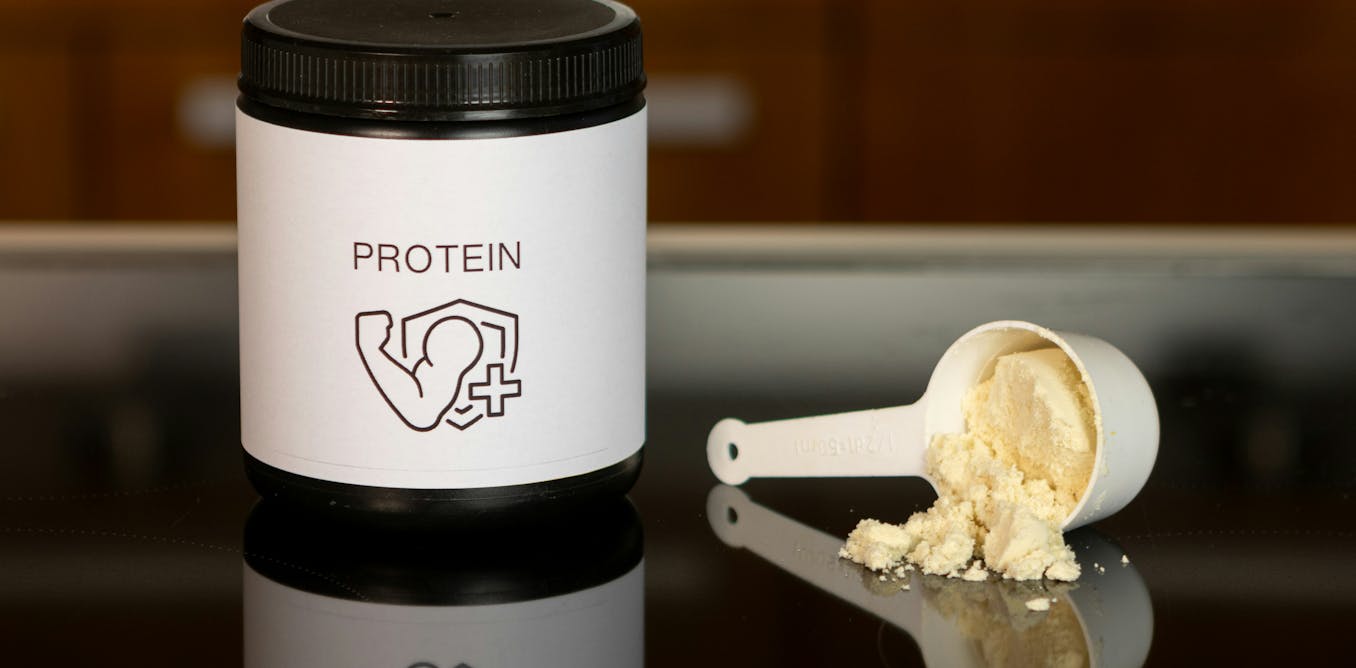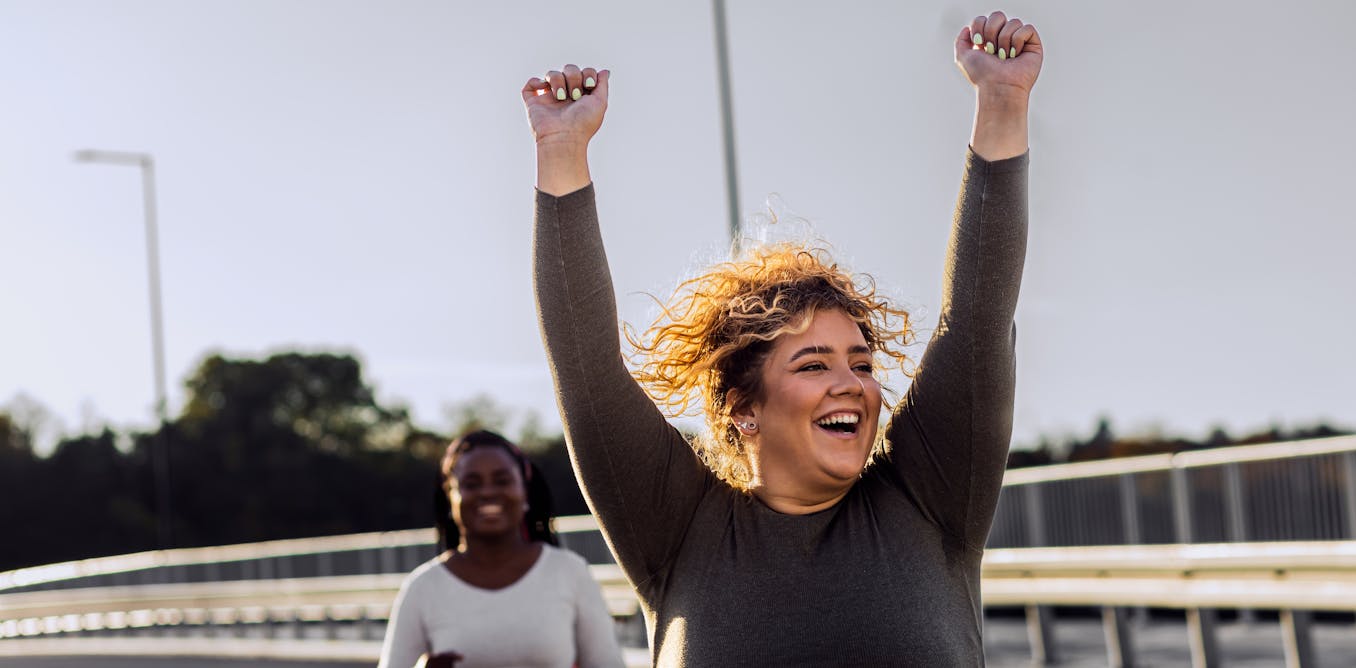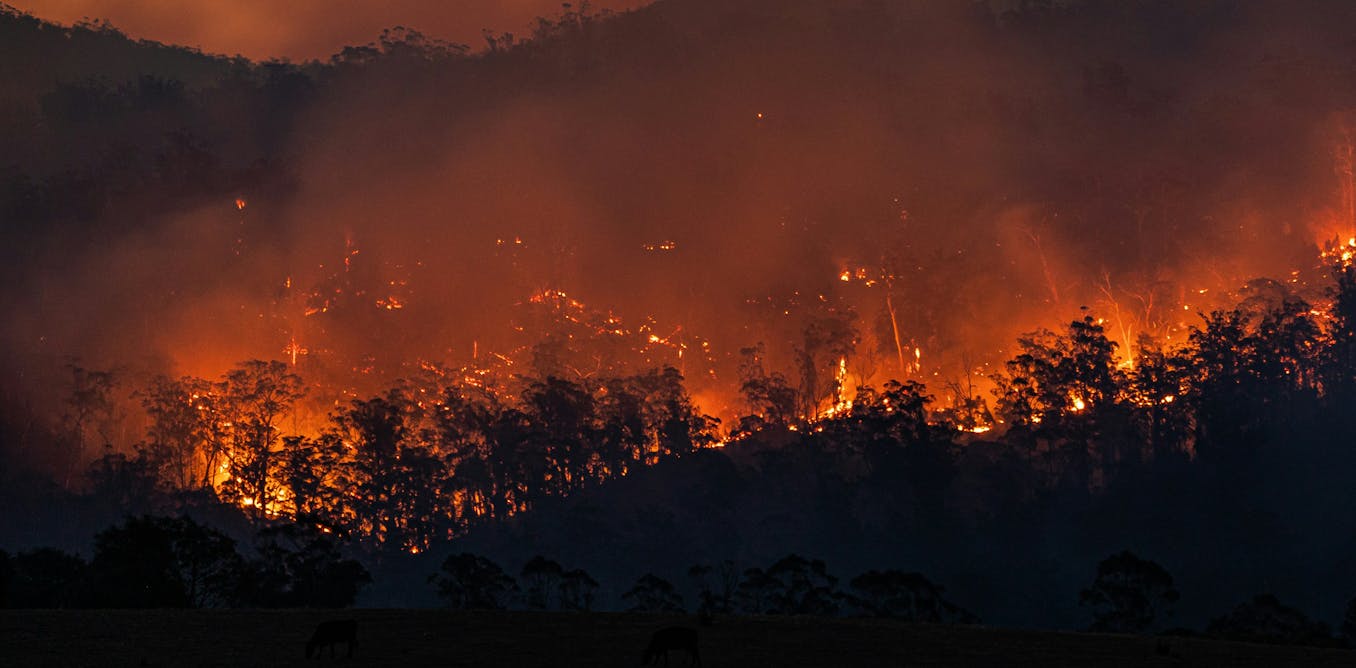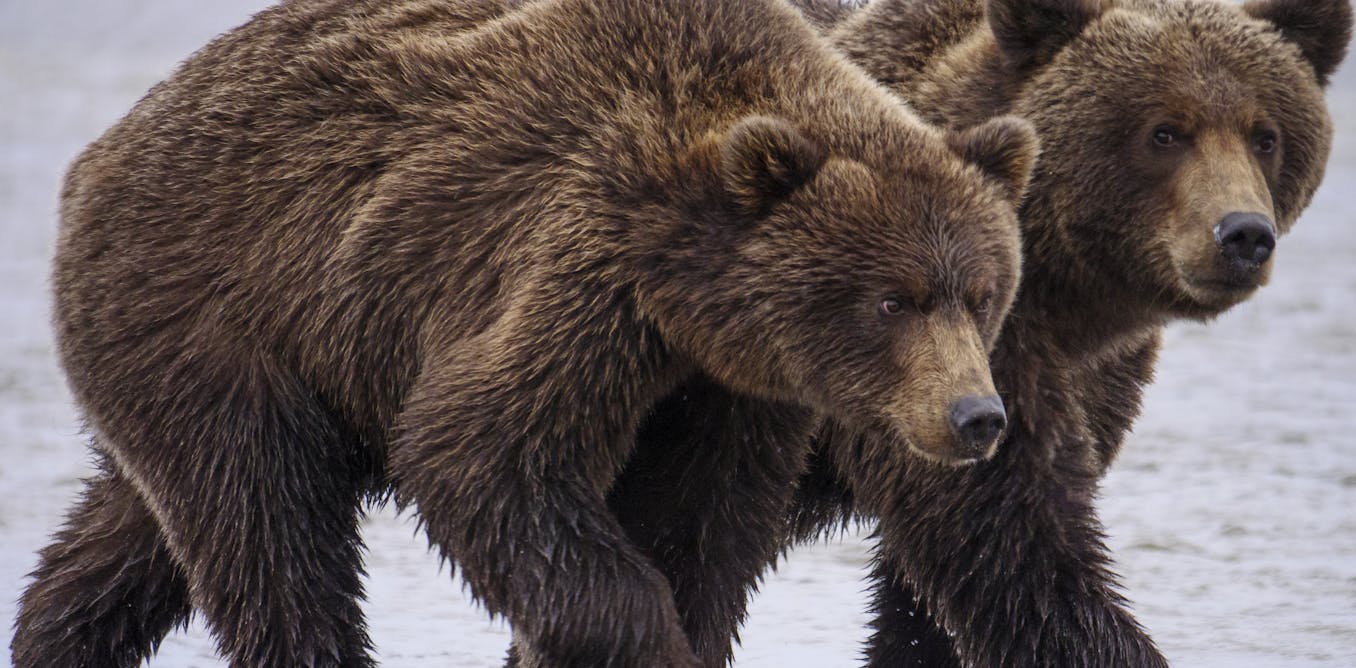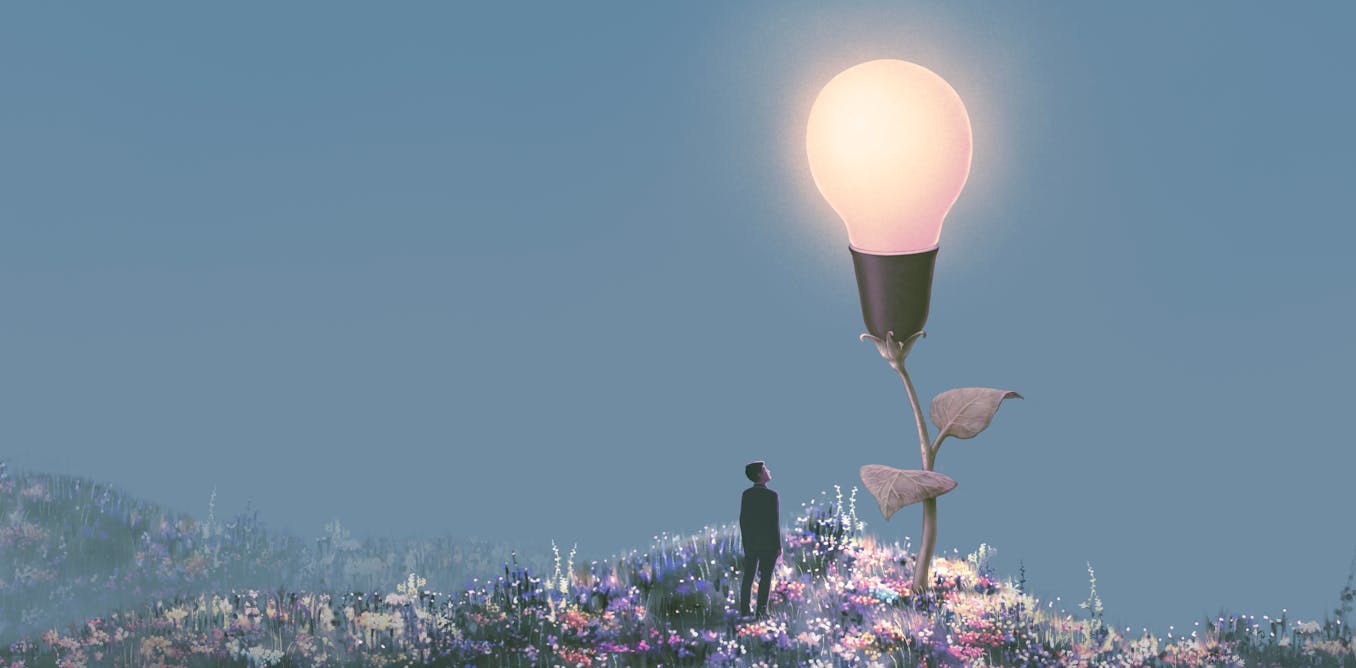Editor’s Note: This story originally appeared in On Balance, the ARTnews newsletter about the art market and beyond. Sign up here to receive it every Wednesday.
Hot off the heels of several major Indigenous art exhibitions last year and the selection of Jeffrey Gibson as the first Indigenous artist to represent the United States at the Venice Biennale, Phillips auction house has opened a selling exhibition of contemporary Indigenous and Native art at its New York headquarters on Park Avenue. The show, which runs through January 23, is just the latest sign that the art market has taken increasing interest in works by such artists, while also acting as a reminder of how many Native and Indigenous artists have been undervalued, marginalized, and misunderstood for decades.
“They have been making good work, showing their work, sometimes with galleries, sometimes not, but in other situations, doing their work consistently, for a long time,” Mary Sabbatino, vice-president and partner of Galerie Lelong, told ARTnews.
The works on display in “New Terrains” span seven decades, a broad array of mediums, and more than 60 artists—including Kent Monkman (Cree), Jaune Quick-to-See Smith (Citizen of the Confederated Salish and Kootenai Nation), and Fritz Scholder (Luiseño). While the Phillips website lists every work as “price on request,” a spokesperson told ARTnews the works range from $5,000 to close to $1 million.
ARTnews spoke to a dozen gallerists, artists, art advisers, and curators about the biggest signals behind this apparent shift, why traditional data points don’t apply, and what still needs to change to ensure interest in Indigenous and Native artists continues to grow.

Scott Nussbaum, Phillips deputy chairman for Americas and senior international specialist, 20th century and contemporary art, told ARTnews that the auction house did not have internal expertise to organize the exhibition and very little sales data outside of a few artists like Smith, prompting him to bring in a trio of curators after he visited the the Nerman Museum of Contemporary Art in Kansas early last year and met with Bruce Hartman, that museum’s former executive director and chief curator. The Phillips show was curated by Hartman, along with artist Tony Abeyta (Navajo), and gallerist and curator James Trotta-Bono.
“It was so important that this wasn’t Phillips’s interpretation of what Native American art looks like, that we were more or less the vehicle for the real experts to tell the story,” Nussbaum said at the exhibition’s opening reception on Saturday.
Nussbaum was also aware of the potential optics of a selling exhibition devoted to Native and Indigenous artists at Phillips, which, like other major auction houses, has rarely ever featured works by them in its marquee sales.
“We didn’t want to go and put together something that would just be perceived as some kind of commercially exploitative enterprise,” he said.
Multiple people, including Abeyta, cited the significance of Gibson’s being selected to represent the US at the Venice Biennale, and the response to Smith’s retrospective at the Whitney Museum, “ The Land Carries Our Ancestors” at the National Gallery of Art, as well as “ Indian Theater” at the Bard College Hessel Museum of Art as strong signals that Native and Indigenous art was becoming more mainstream.
Filmmaker Dana Claxton (Wood Mountain Lakota First Nation) also singled out the work of Candice Hopkins (Carcross/Tagish First Nation), the curator of “Indian Theater,” as crucial for raising the visibility of Indigenous and Native artists in the United States. “As an Indigenous curator, she has provided and shared and opened up space for Indigenous contemporary art,” Claxton said.
Hopkins’s influential curatorial practice includes the first two editions of the Toronto Biennial of Art, Documenta 14, several editions of the SITElines biennial at SITE Santa Fe in New York, the Canadian Pavilion at the 2019 Venice Biennale, directing the Forge Project, the Focus section of the Armory Show last year, and several other groundbreaking group exhibitions focused on Indigenous artists.
This groundswell of visibility has helped raise interest among museums and collectors. In a price-sensitive market, many buyers are also noticing the lower entry point for high-quality and historically significant work by many Native and Indigenous artists.
“The reality is, there are tons of people who make great work, whose work has not yet been collected en masse,” gallerist Garth Greenan, who represents a significant number of Indigenous and Native artists at his eponymous New York gallery, told ARTnews.
While auction records are one way of measuring rising market interest, there are multiple factors behind why no living Indigenous or Native artist has broken the $1 million mark.
Monkman told ARTnews that, in his case, this was partly due to his self-representation, allowing him to directly sell pieces to museums and private collectors focused on long-term ownership as well as many Indigenous artists’ willingness to loan their works for exhibitions.
“I like to work with collectors who have relationships with museums, because then you know, that the work is probably going to be a promised gift, or it’ll end up in a museum,” Monkman told ARTnews from his studio at the National Arts Club last October.
A Phillips spokesperson described the interest from museums for works in “New Terrains” as “significant,” with numerous works already acquired by institutions.
Abeyta, meanwhile, said he knew of private sales that exceeded nine figures, but it was also important to notice how many artists were breaking the $100,000 price point, as well as the rapid sales momentum of artists like T.C. Cannon (Kiowa-Caddo). “I’ve watched at auction things that have sold for $20,000 or $30,000, then sell for $250,000 two to three years later,” he said.
There are also production limitations for artists like fourth-generation weaver Melissa Cody (Navajo), whose tapestries will be shown in a solo show of her work at MoMA PS1 in April. “She’s never going to make enough work that the market is going to be able to do what [it] needs to do, to set those crazy auction records,” Zach Feuer, cofounder of the Forge Project and director of the Gochman Family Collection, told ARTnews.
Another challenge is how many Western art professionals and collectors don’t view textile works by Indigenous artists as high art or good investments, according to art adviser and gallerist Thomas Stauffer of the Zurich-based Gerber & Stauffer Fine Arts. “And people are willing to pay much more for an art work from a Western artist doing the same technique somehow,” he added.
When Greenan attended Art Basel Miami Beach in December, he took note of how many young Native artists had been picked up for representation by galleries. “I’ve said it a million times, and then this year seemed to be the tipping point,” he said.
Multiple people told ARTnews that a true sign of success would be when Native and Indigenous artists—especially elders like Smith, James Luna (Luiseño, Ipai), and Edgar Heap of Birds (Cheyenne, Arapaho)—are shown, collected, and sold in more integrated contexts that are not centered around their Native or Indigenous identities. As in, when exhibitions like “New Terrain” no longer take place and artists don’t have to wait until the age of 70 to get a solo show in New York.
“Sometimes people go their whole lives without getting their flowers while they’re here,” artist Nicholas Galanin (Tlingít/Unangax̂), whose work is in “New Terrains” and who currently has a solo show up at SITE Santa Fe, told ARTnews.


The article “Phillips Exhibition Sale Another Sign of Rising Market Interest in Contemporary Native And Indigenous Art” by Karen K. Ho was published on 01/10/2024 by www.artnews.com







